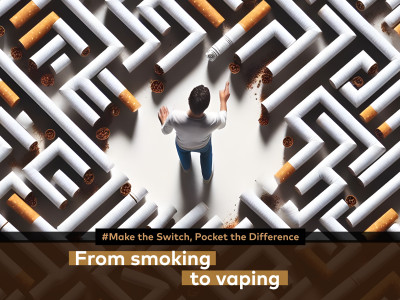Jianming Bai, Feng Wang, Wei Zhang, Yimei Zhu, and Lijun Wu are scientists at Brookhaven’s TEM facility. Together they observed lithium depleting inside nanoparticles, using electron microscopy and x-ray imaging, while a battery was generating current, concentrations were previously thought to constantly increase.
Stony Brook University’s Esther Takeuchi commented: “If you have a cell phone, you likely need to charge its battery every day, due to the limited capacity of the battery’s electrodes. The findings in this study could help develop batteries that charge faster and last longer.”
A regular lattice structure defines the arrangement of atoms in the battery, and includes space between each one. When it is in operation, ions flow into and through the spaces.
Wei Zhang explained: “Previously, scientists assumed that the concentration of lithium would continuously increase in the lattice. But now, we have seen that this may not be true when the battery’s electrodes are made from nano-sized particles. We observed the lithium concentration within local regions of nanoparticles go up, and then down—it reversed.”
Feng Wang added: “Similar to how a sponge soaks up water, we can see the overall level of lithium continuously increase inside the nano-sized particles, but unlike water, lithium may preferentially move out of some areas, creating inconsistent levels of lithium across the lattice.”
“Before lithium enters the lattice, its structure is very uniform, but once lithium goes in, it stretches the lattice, and when lithium goes out, the lattice shrinks. So each time you charge and drain a battery, its active component will be stressed, and its quality will degrade over time. Therefore, it is important to characterise and understand how lithium concentration changes both in space and time.”
The University of Michigan’s Katsuyo Thornton also commented on the study: “We initially thought that the reversal mechanism was similar to those previously proposed, which stemmed from the interactions between nearby particles. However, it turned out a concentration reversal within a single particle could not be explained by existing theories, but rather, it arises from a different mechanism. Simulations were critical in this work because, without them, we would have made an incorrect conclusion.”
Photo Credit:
Images from the Brookhaven National Laboratory
Dave Cross
Journalist at POTVDave is a freelance writer; with articles on music, motorbikes, football, pop-science, vaping and tobacco harm reduction in Sounds, Melody Maker, UBG, AWoL, Bike, When Saturday Comes, Vape News Magazine, and syndicated across the Johnston Press group. He was published in an anthology of “Greatest Football Writing”, but still believes this was a mistake. Dave contributes sketches to comedy shows and used to co-host a radio sketch show. He’s worked with numerous vape companies to develop content for their websites.
Join the discussion
Parliament Fears Two
The Department for Environment, Food and Rural Affairs faced questions from a Conservative MP and, oddly, a member of the Department for Environment, Food and Rural Affairs
Harm Reduction For The Rich
The United Kingdom risks becoming a harm reduction country only for the wealthy, according to Michael Landl of the World Vapers’ Alliance
Sacrificing Health For 2p Cut
Tory Government alienates vaping voters with its mission to cut tax by an unaffordable 2p to attract voters by placing a tax on vape products in the forthcoming budget
Scotland Announces Single-Use Vape Action
A ban on the sale and supply of single-use vapes in Scotland is due to come into effect on 1 April 2025, under proposed legislation published today












